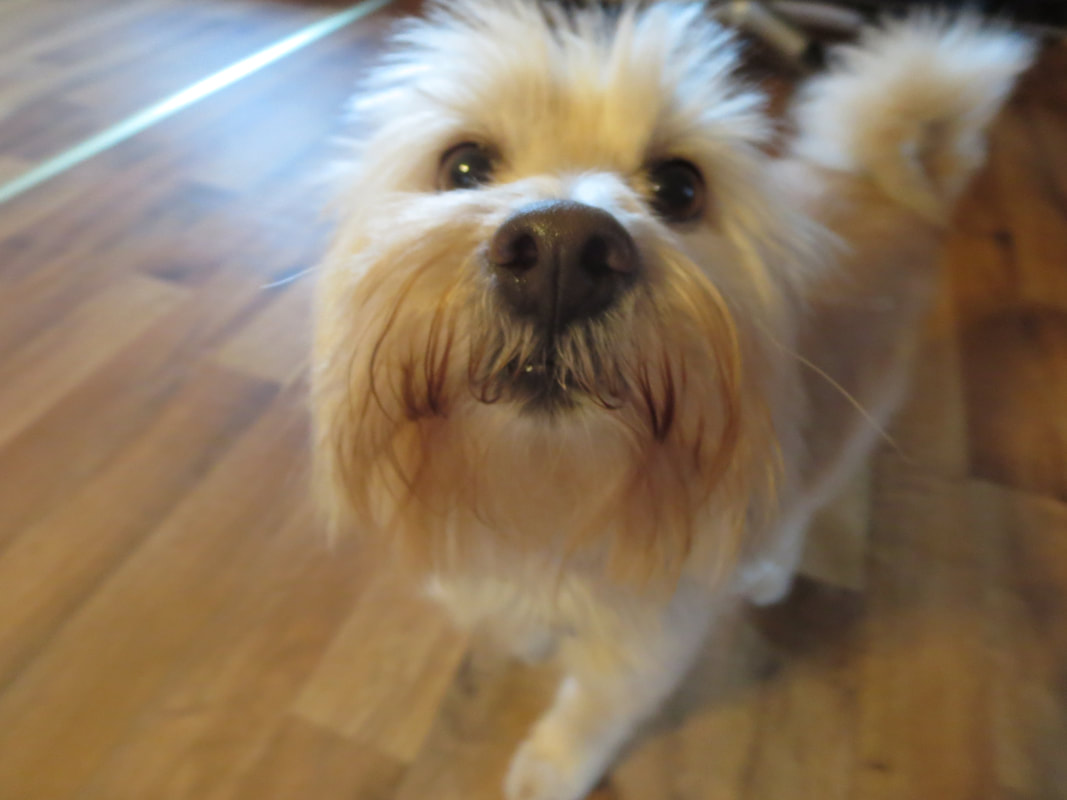
I don't know if most of the dog owning public is aware of the levels that we pass through when teaching a dog a certain command. Here are the four levels that I usually think of:
1) Demonstrate to the dog what you want him to do.You can do this by positioning or luring your dog into position. Dogs need to be shown what to do, because they don’t naturally know the things we take for granted that older dogs have already been taught. Obviously they don't understand our verbal cues, and need to be shown what they will correspond to in the future. In the Demonstration phase, the command is verbalized in conjunction with the luring or placing the dog into correct position.
Now once certain indicators are present, is the time you start to say the command BEFORE they go into position.
3) Learning: For dogs learning happens in that instant they analyze their choices. Those choices normally are non-compliance, flee, aggression, or comply. You want to give them a few seconds to contemplate their choice once you get beyond the teaching phase. Only compliance will allow them to be rewarded, and you want to do it as soon as the correct performance happens. As the exercises go on the three Ds will be marked as well (distance, duration, and distraction To end the session on a good note, you want to have the dog succeed at least four times in a row. If it takes way too many reps to get that four times in a row, you have most likely rushed the dog forward past their threshold. Now is the time to back up to where their performance was more reliable, and move in a slower fashion forward.
You will need to be patient. In dog training anger or impatience will not get you and your companion where you need to go. If you find yourself getting frustrated, take a deep breath and imagine where it is the training will take you if done correctly. Then begin the exercises again. Allow your dog to be successful, and remember you may need to redefine what that is. Do not try to add things too early. The dog should fully understand the beginning of every exercise before being pushed on to the three Ds.
If corrections are used, it is now that they start being used correctly, of course.
4) Maintenance is the most forgotten step. I can say this simply by "if you don't use it you loose it". Also if you become inconsistent, then you will start loosing it. The best way to maintain is make sure you use all commands in real life situations everyday with consistency. Most of us slip at this though. Keeping up a working schedule with your dog of a few minutes going over things on a consistent basis is also helpful. Remember, it's as easy to untrain your dog as it is to train your dog:) We all vary on where we need our dogs to be, so this is largely up to what the owner wants and needs in their life.
If life gets in the way, just go back on your steps and build your training up again. It is a great bonding time with your dog, and training plus being involved with your dog is never a waste of time. Enjoy this time together, because it is very valuable and fulfilling. It provides for a much richer relationship with your dog.
 RSS Feed
RSS Feed